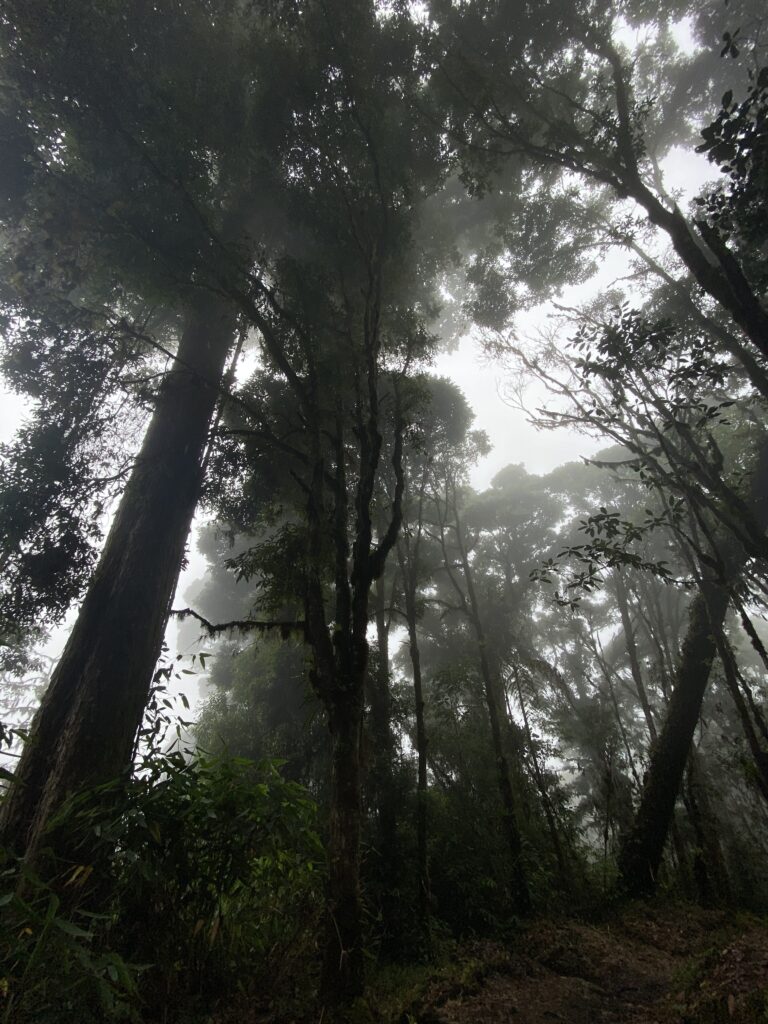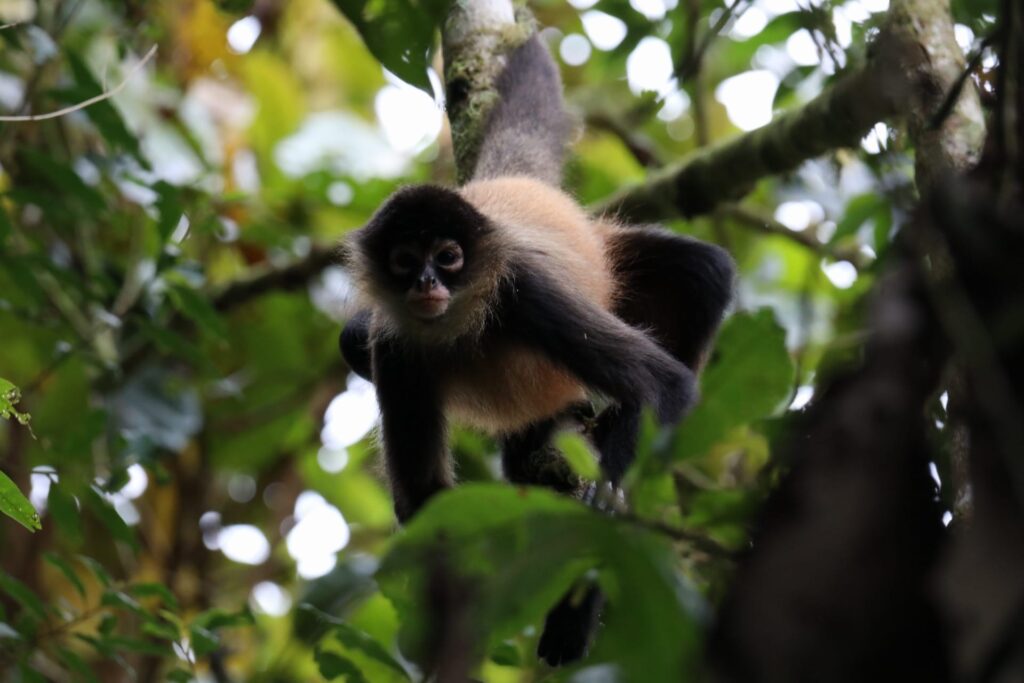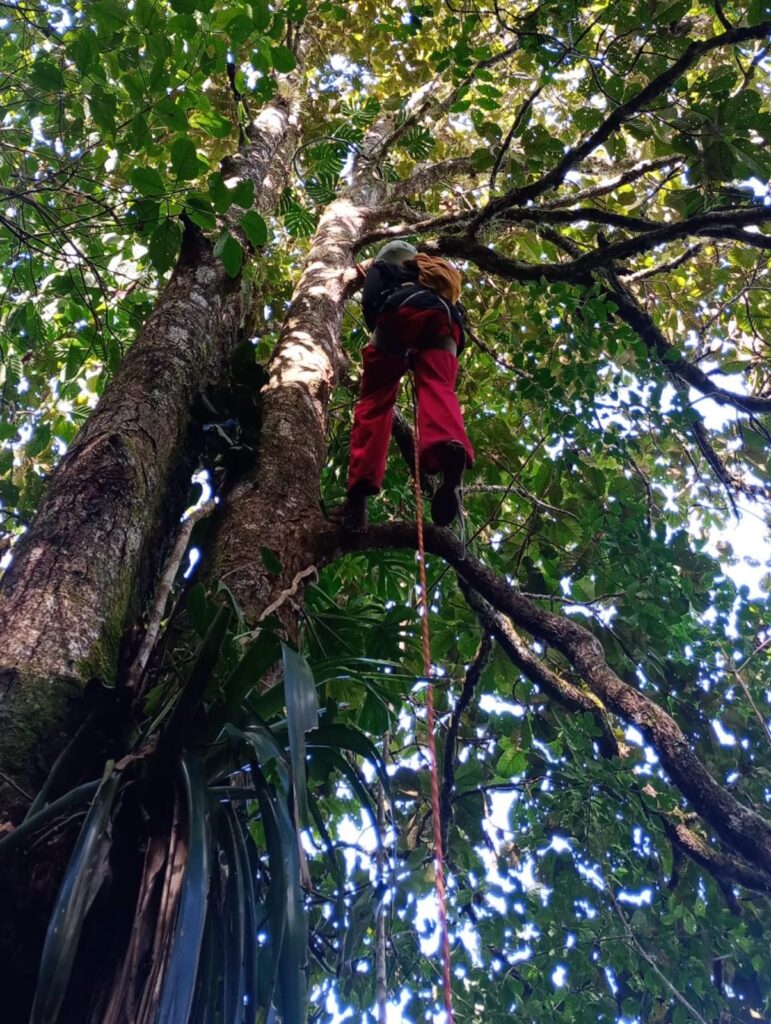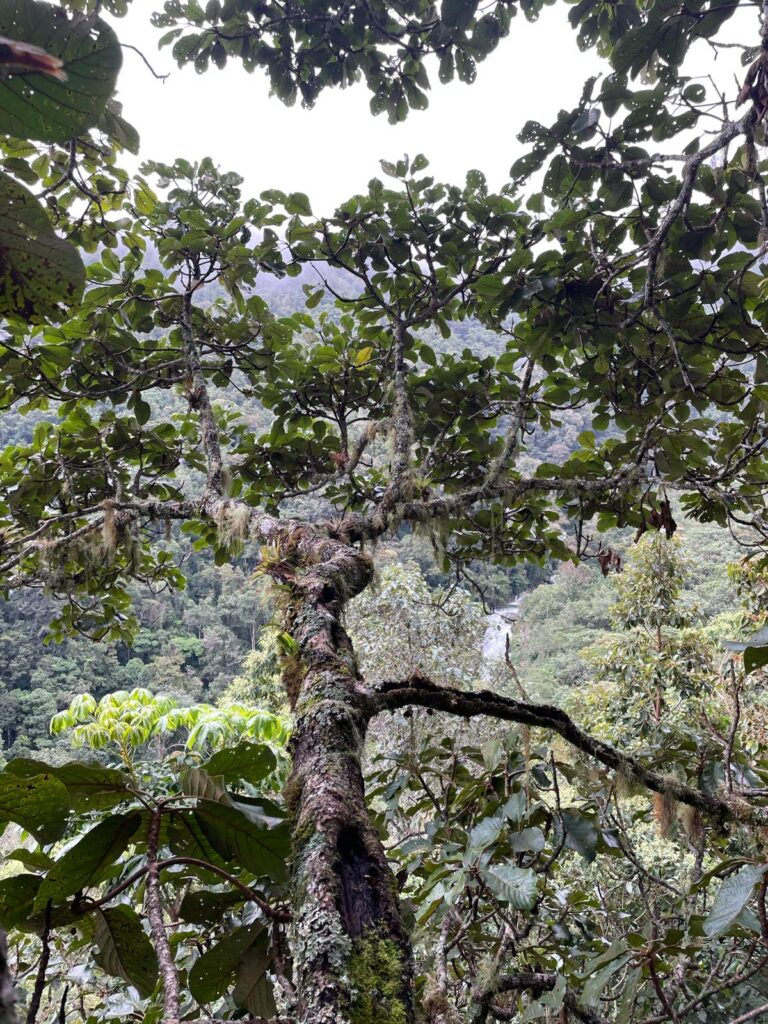
While the deepest depths of the ocean are considered to be one of the most unknown ecosystems to humankind, there’s another contender that’s equally as mysterious: the uppermost canopies of our forests. Famously inaccessible, forest canopies remain mostly untouched for scientific purposes – mainly due to the limitations of reaching them. The biodiversity believed to exist in tree canopies has led some scientists to refer to these ecosystems as our «eighth continent».

In ancient forests, trees can reach 30 meters tall (nearly 100 ft), and are littered with dense branches that intertwine and limit visibility. Tools like drones and high zoom cameras allow for a clearer image of the life that exists above our heads, but the factor of human presence still remains. When conducting research, our presence can skew results, as we are notoriously unfamiliar to the other organisms that live in forests and easily stand out. Even further, attempting nocturnal data collection is even more of a challenge.

Trail cameras (camera traps) that are used for wildlife monitoring are considered to be some of the most efficient and least intrusive ways to document animal presence, behavior, and population size as these don’t require a human to be present. Simply program the camera to fit your needs, find a nice spot to put it, and voila. However, these historically have been used to monitor mainly terrestrial wildlife, with little effort made to achieve a broader scope of data.

Arboreal camera trapping is quite a novel study that has only begun in the last 30 years (the earliest record of terrestrial camera traps dates back to 1890, for example), as 1991 was when the first paper of arboreal camera trapping was published by Carthew & Slater. At Cloudbridge, we’ve never had a research project on arboreal camera trapping until this past year. Intern Sam Komatsuzaki from Canada courageously decided to pave the way for this type of research at the reserve, and created a project that included setting up camera traps between 8-10 meters (26-32 ft) high in the trees. With the goal of measuring the mammalian diversity within the tree canopy, Sam set up cameras in a younger regenerated forest and in an older growth forest. Her study also included nocturnal mammals, which are notably difficult to monitor (especially in the treetops). To see the results of her study, and how she set up the cameras, you can read her paper here.

Suggested Reading:
- If the term forest succession or ecological succession is new to you, don’t worry – there are plenty of articles (like this one) that can help detail the process and how it all works. In the most basic of explanations, it’s how an ecosystem progresses as time goes on and the changes that are attributed to new tree and shrub growth.
- Arboreal (tree-living) organisms may seem extraordinary to you, but it’s with good reason! These animals are quite literally built different, and have obtained certain evolutionary mechanisms that have helped them adapt to life up in the trees.
- While climbing tree to tree isn’t the most accessible or efficient way for us to study the canopy, we’re developing new methods to do so with more ease. High quality canopy systems were tested out in the forests within North Queensland, which allow for a quicker and easier access to the tops of the trees. Technology like this allows us to begin some serious studies on arboreal organisms’ hidden lives, uncovering this «eighth continent».
